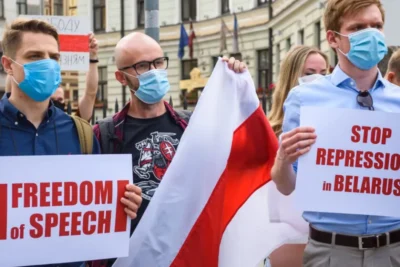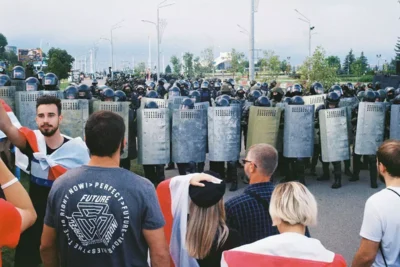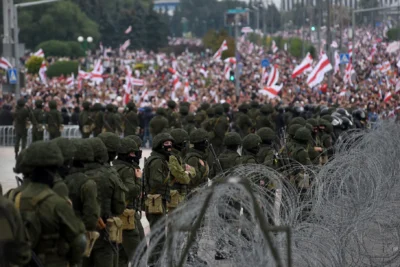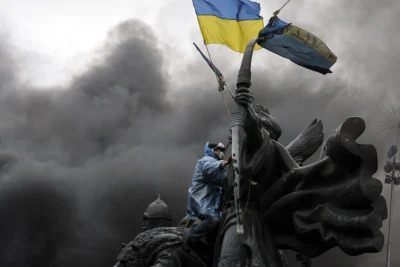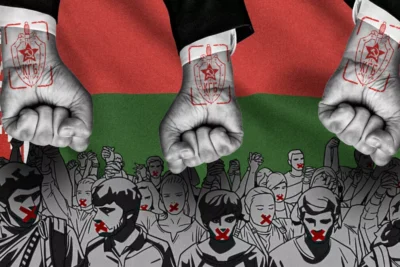
Understanding the Role of the Belarus KGB in Today’s State Repression 2025
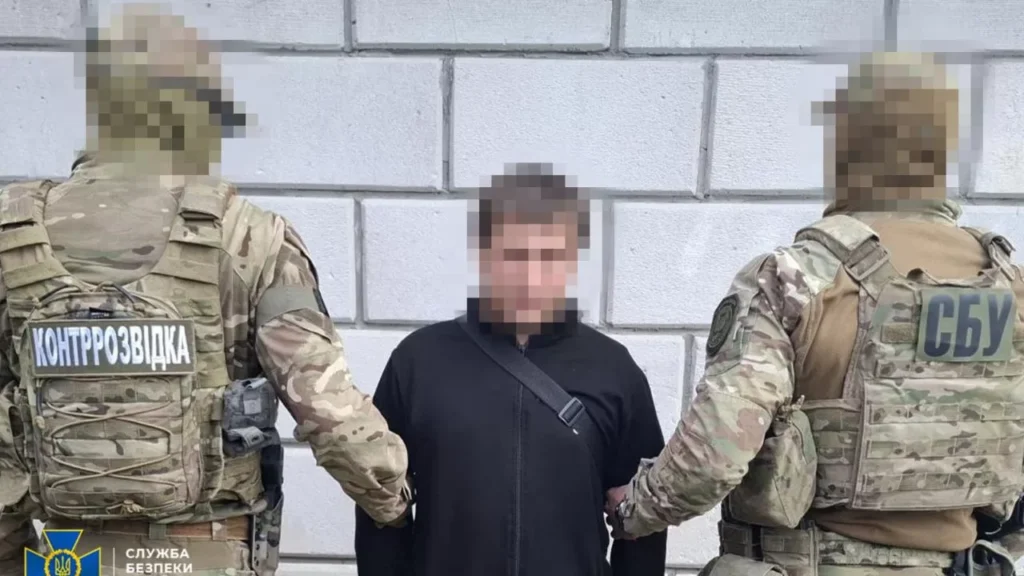
The Shadows of State Power
In 2025, the Belarus KGB remains one of the most feared and secretive institutions in Eastern Europe. Descended from the Soviet-era KGB, it continues to operate under the same name — an anomaly among post-Soviet states. Far from being a relic of the Cold War, today’s Belarus KGB is a central pillar of the Lukashenko regime’s machinery of control, tasked with suppressing dissent, silencing critics, and maintaining the authoritarian status quo.
This article examines the history, structure, and tactics of the Belarus KGB, showing how it has adapted to the digital era while keeping its repressive traditions intact.
1. Historical Roots and Continuity
While most former Soviet republics renamed or restructured their state security services after 1991, Belarus retained both the name and much of the Soviet KGB’s institutional culture. The decision was symbolic: it signalled a commitment to authoritarian governance and a rejection of democratic reform.
Over the years, the Belarus KGB has expanded its powers through vague “anti-extremism” laws, granting it the legal cover to target independent media, civil society organisations, and political opponents.
2. Structure and Leadership
The Belarus KGB operates directly under the authority of the president, bypassing standard government oversight. Its structure includes:
- Counterintelligence Department: Targets foreign influence and opposition networks.
- Political Surveillance Unit: Monitors activists, journalists, and NGOs.
- Cyber Operations Division: Tracks online dissent and conducts digital espionage.
- Special Operations Forces (Alpha Group): Elite units trained for high-profile arrests and intimidation tactics.
As of 2025, the agency’s leadership consists of long-time loyalists to Lukashenko, many with backgrounds in Soviet-era security services.
3. Methods of Repression
The Belarus KGB employs a combination of old and new tactics:
- Physical Intimidation: Raids, arbitrary arrests, and “preventive detentions” before protests.
- Surveillance: Use of CCTV networks, intercepted communications, and GPS tracking of opposition figures.
- Psychological Pressure: Threats against family members, job dismissals, and public smear campaigns.
- Digital Censorship: Blocking independent media websites, manipulating online narratives, and planting spyware on activists’ devices.
One of the agency’s most chilling practices is the preventive arrest, where activists are detained without charges to prevent them from attending protests or speaking at public events.
4. The KGB in the 2020–2021 Crackdown
The 2020 presidential election protests marked a turning point. The KGB coordinated mass arrests, interrogations, and the infiltration of protest groups. Testimonies from detainees describe torture, beatings, and inhumane detention conditions.
During this period, the Belarus KGB also began collaborating more closely with Russia’s FSB, exchanging intelligence and adopting advanced surveillance technologies.
5. Expanding Digital Control
In the digital age, the KGB has shifted significant resources toward online monitoring. Social media posts, encrypted chats, and even “likes” on opposition content can trigger investigations. The agency reportedly maintains a database of “extremist” content, which is used to prosecute individuals under anti-terrorism laws.
6. Targeting the Diaspora
Even Belarusians living abroad are not beyond the KGB’s reach. Exiled journalists, activists, and former political prisoners have reported harassment, hacking attempts, and threats to relatives still in Belarus. This extraterritorial intimidation aims to fracture the opposition’s cohesion and discourage activism from exile.
7. The KGB and Propaganda
Beyond covert operations, the Belarus KGB plays a role in shaping the state’s public narrative. By feeding controlled “leaks” to pro-government media, it creates a climate of fear and suspicion, portraying activists as foreign agents or extremists.
8. International Condemnation
International bodies, including the EU and the UN, have repeatedly condemned the Belarus KGB’s actions. Sanctions have been imposed on key officials, but these measures have so far failed to curb the agency’s activities. The regime uses the sanctions as propaganda, framing them as attacks on Belarus’s sovereignty.
9. Why It Matters in 2025
The continued power of the Belarus KGB underscores the challenges facing pro-democracy movements. Without dismantling or reforming this institution, meaningful political change in Belarus will remain elusive. Understanding how the KGB operates is essential for both domestic and international actors seeking to support democratic transformation.
Conclusion
The Belarus KGB is not just a security agency — it is a political weapon, deeply embedded in the state’s authoritarian architecture. In 2025, it stands as a reminder that authoritarianism adapts, and so must those who oppose it.
By documenting its methods, supporting those targeted, and keeping international attention on its abuses, the fight for a free Belarus can continue — even under the shadow of the KGB.


